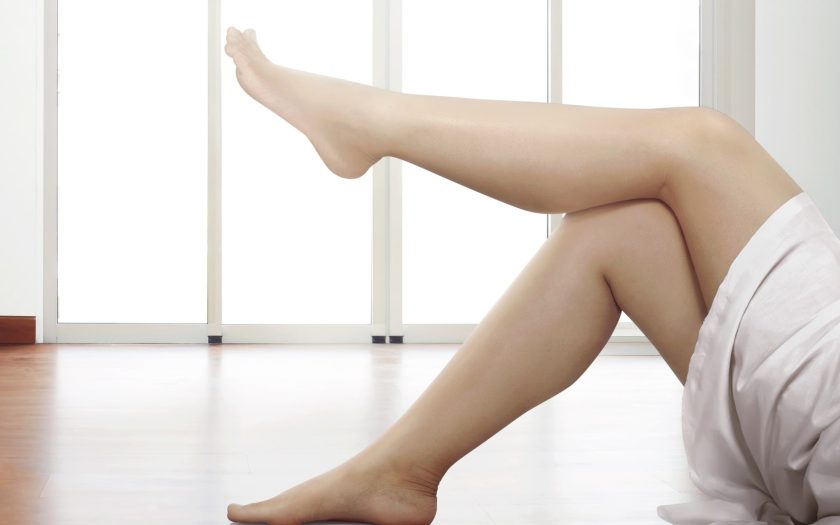Avoid getting too cold.
When a person’s feet are very cold, the blood begins to stagnate, which can reduce the elasticity of blood vessels and disrupt their ability to expand and contract normally. To prevent cold exposure, it is important to wear warm, but not too tight, socks or stockings to avoid additional pressure on the legs. Instead of thin pantyhose or jeans, it’s better to choose thermal underwear or warm clothes made from natural fabrics that won’t compress the legs. Loose clothing helps avoid any discomfort and doesn’t restrict your movements. This is very important for the prevention of this condition. So, be careful when choosing clothes and make sure to select your correct size.
Prevent stressful situations.
Constant stressful situations disrupt a person’s peace and can lead to blood stagnation, especially in the lower limbs, where the veins are already under greater strain. Moreover, emotional strain can reduce the elasticity of blood vessels, making them more vulnerable to damage. To prevent this, it is important to find stress management methods that work for you (such as boxing, walking in silence or doing yoga poses). Once you learn to manage stress, you will immediately notice how your body becomes more resilient and you will be able to accomplish more tasks without harming your health.
Regularly check the condition of your blood vessels, even if you feel fine.
Regular visits to specialist’s help detect problems early. The sooner you pay attention to the changes, the quicker you can take steps to address the issue. At the early stages, vein problems can be addressed through lifestyle changes, preventive measures or the start of medication (such as Daflon) and the use of special gels (such as Thrombophob). If the problem is not identified in time, it can lead to complications that require more complex and prolonged treatment. Importantly, regular self-monitoring allows individuals with a genetic predisposition or those leading a sedentary lifestyle to address existing issues in a timely manner. It may be necessary to start wearing compression stockings, change one’s diet, begin exercising, or apply other methods to maintain vascular health.
Protect yourself from impacts.
When we suffer a blow, it causes mechanical damage that can lead to inflammation in the area of the injury, which negatively affects vascular health. Sometimes, you may not notice the damage immediately, but it can become a risk factoring for future vein problems. It is also important to note that impacts can increase pressure on the veins and contribute to their overload. Therefore, to avoid problems with veins, it is important to protect your legs from injuries and impacts, especially in areas where there is already a predisposition to varicose veins. One should be cautious during physical exertion and any sudden movements to avoid unnecessary injuries.

